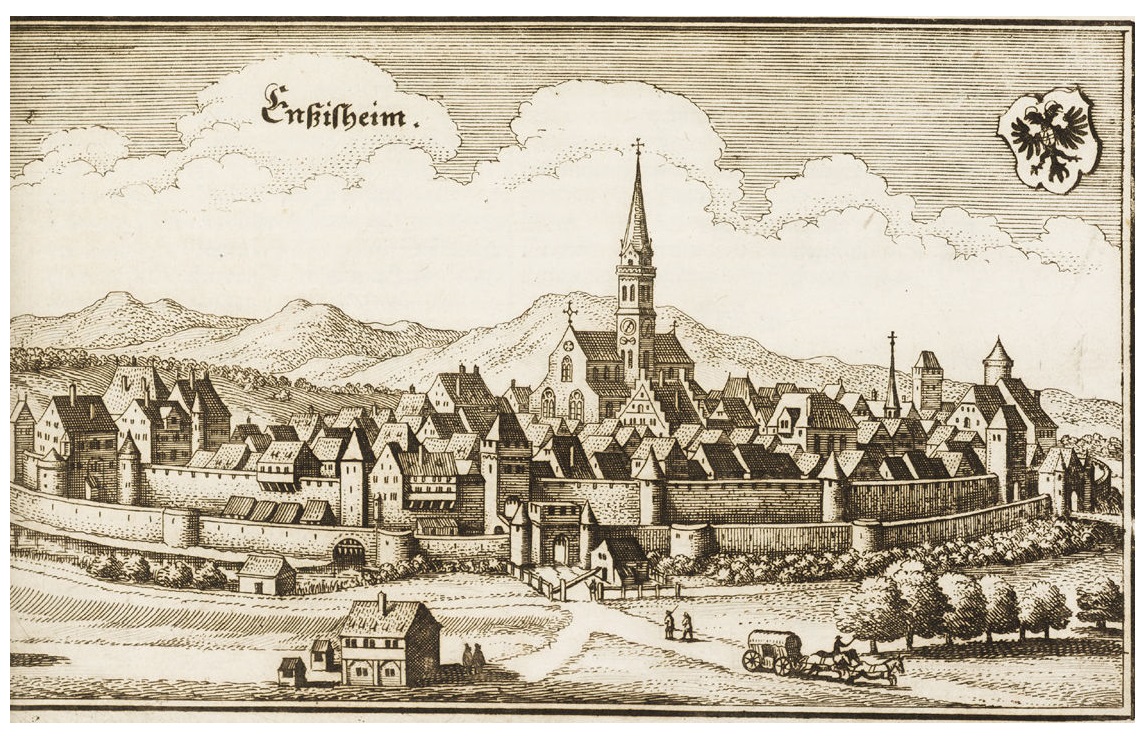
April 27 1293 – 19 Iyar 5053
Rabbi Meyer son of Baruch, better known by his acronym, Maharam of Rotenberg, died in prison in Eisenheim Castle in Alsace. Thrown in jail by Emperor Rudolph I for attempting to leave his realm without permission, and for organizing the emigration of a large group of his fellow Jews, Maharam wrote that his greatest affliction in prison was his separation from his library, and his greatest relief when some volumes of Talmud were returned to him. This allowed him to renew his custom of providing responsa to questions of Jewish law addressed to him from Jewish communities all over Europe.
Legend has it that the emperor agreed to Rabbi Meyer’s release in exchange for a huge sum, but that the sage refused to allow himself to be ransomed, in accordance with the Mishnaic prohibition against ransoming prisoners for a sum greater than their worth in the slave market (Gittin 4:6). More reliable versions of the story suggest that an agreement was reached, but that Rabbi Meyer died before the entire sum was handed over. What is certain is that his body remained in the castle for two years before the ransom was paid, and only then did Rudolf agree to allow his prisoner to be given the Jewish burial he deserved.
